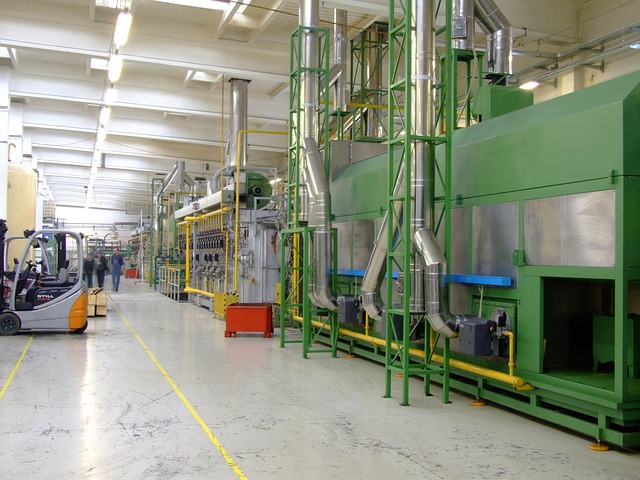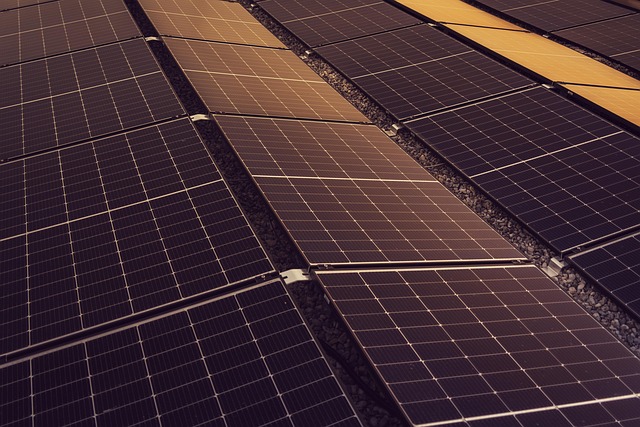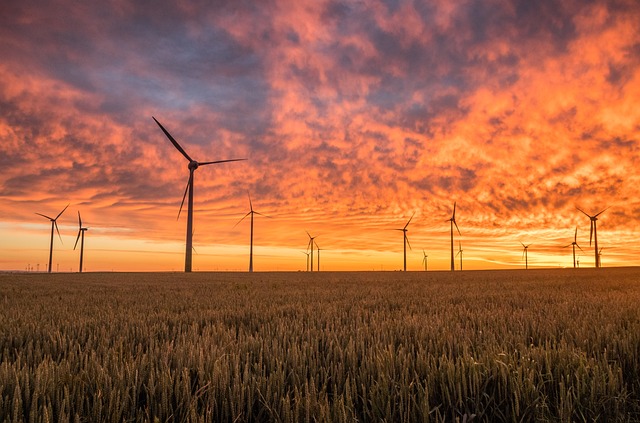In an era where resource scarcity and climate change dominate global conversations, the phrase production optimization has evolved from a technical jargon into a strategic imperative. It is no longer sufficient to produce more goods at lower cost; manufacturers must also ensure that every step of the supply chain contributes to a smaller ecological footprint and supports long‑term sustainability. This article explores how production optimization can serve as a catalyst for sustainable development, the green technologies that enable it, and the practical pathways toward achieving carbon neutrality.
The Imperative of Sustainable Production
Traditional manufacturing models, often centered on economies of scale, have historically overlooked the environmental costs embedded in raw material extraction, energy consumption, and waste generation. Yet the cumulative impact of these activities is now evident in rising greenhouse gas emissions, biodiversity loss, and resource depletion. Production optimization, when aligned with sustainability goals, provides a framework for reconciling economic growth with planetary health.
- Reduced energy consumption per unit of output
- Lowered material waste through closed‑loop systems
- Improved product life cycles via design for disassembly
Foundations of Production Optimization
At its core, production optimization seeks to maximize value while minimizing inefficiencies. The methodology can be broken down into three interlinked pillars:
- Process Streamlining: Eliminating bottlenecks, reducing cycle times, and synchronizing production stages.
- Resource Efficiency: Optimizing the use of raw materials, water, and energy.
- Data‑Driven Decision Making: Leveraging real‑time analytics to anticipate demand, schedule maintenance, and forecast supply constraints.
When these pillars are underpinned by green technologies—such as renewable energy sources, advanced sensors, and digital twins—the environmental gains become substantial.
Green Technologies Empowering Efficiency
Modern production facilities are increasingly adopting a suite of environmentally friendly technologies. The following innovations have proven pivotal in pushing production optimization toward sustainability:
“The integration of Internet‑of‑Things (IoT) devices into manufacturing floors has transformed how we monitor energy usage and detect anomalies before they become costly failures.”
- Renewable Energy Integration: Solar panels, wind turbines, and biogas plants can power factories directly, reducing dependence on fossil fuels.
- Smart Sensors & Predictive Maintenance: Continuous monitoring of machine health lowers downtime and prevents energy‑wasting repairs.
- Digital Twins & Simulation: Virtual replicas of physical systems allow designers to test production flows, material usage, and energy footprints before implementation.
- Low‑Energy Machinery: Upgrading to variable‑speed drives and high‑efficiency motors cuts electricity consumption by up to 30%.
- Waste‑Heat Recovery: Capturing excess thermal energy for auxiliary processes or heating reduces overall energy demand.
Quantifying and Cutting Ecological Footprints
Measuring the ecological impact of production activities is a prerequisite for meaningful optimization. Life‑Cycle Assessment (LCA) methods provide a holistic view of resource flows and emissions from cradle to grave. Key indicators include:
- Carbon Footprint (CO₂e): Total greenhouse gas emissions attributable to the product’s lifecycle.
- Water Footprint: Volume of freshwater used, directly or indirectly, during production.
- Energy Intensity: Energy consumed per unit of product output.
- Waste Generation: Mass of solid, liquid, and hazardous waste per unit of production.
After establishing baseline metrics, production optimization initiatives target specific reduction levers—such as substituting lower‑carbon raw materials, streamlining logistics, or improving machine scheduling—to achieve measurable improvements. In many cases, a 10–15% reduction in energy intensity can be attained within the first two years of deploying a combined digital and renewable strategy.
Case Highlights: Optimized Production in Action
While the principles are universal, the manifestation of production optimization varies across sectors. Below are concise snapshots that illustrate tangible outcomes:
- Automotive Assembly: By implementing an AI‑driven scheduling system, a mid‑sized manufacturer reduced idle machine time by 22% and lowered CO₂ emissions per vehicle by 8%.
- Textile Manufacturing: A dyeing plant invested in closed‑loop water systems, achieving a 70% reduction in freshwater use and cutting chemical waste by 50%.
- Electronics Production: A circuit board fab installed high‑efficiency induction heating coils, slashing energy consumption by 18% and cutting the carbon footprint per unit by 12%.
- Food Processing: A dairy facility adopted renewable‑powered pasteurization units, achieving a net zero energy balance and eliminating the need for external grid electricity.
These examples underscore that production optimization, when coupled with green technologies, can deliver both environmental and economic dividends.
Overcoming Implementation Barriers
Transitioning to an optimized, sustainable production regime is not without challenges. Common obstacles include:
- Capital Intensity: Upfront costs for renewable installations and advanced machinery can be prohibitive for small‑to‑mid sized enterprises.
- Data Silos: Legacy systems often lack integration, limiting the ability to generate real‑time analytics.
- Workforce Adaptation: Employees may require training to operate and maintain new digital tools and processes.
- Regulatory Uncertainty: Evolving environmental standards can create ambiguity about compliance pathways.
Mitigation strategies involve phased investment approaches, leveraging third‑party cloud platforms for data aggregation, implementing continuous training programs, and engaging with policy makers to shape supportive regulatory frameworks.
The Policy Landscape and Incentive Structures
Governments worldwide are recognizing the strategic importance of production optimization for sustainability. Policy tools include:
- Tax credits and rebates for renewable energy installations.
- Subsidies for energy‑efficient machinery and retrofits.
- Regulatory mandates for lifecycle emissions reporting.
- Public procurement criteria favoring low‑carbon production footprints.
Participation in these incentive schemes not only lowers the cost barrier but also signals market demand for greener products, reinforcing the virtuous cycle between production optimization and sustainable development.
Carbon Neutrality: The Final Frontier
Achieving carbon neutrality—where net greenhouse gas emissions equal zero—is the culmination of a systematic production optimization journey. The pathway typically follows these stages:
- Emission Auditing: Comprehensive measurement of all direct and indirect emissions.
- Emission Reduction: Implementation of efficiency measures, renewable energy, and low‑carbon materials.
- Carbon Offsetting: Where residual emissions remain, investments in high‑quality offset projects such as reforestation or carbon capture are pursued.
- Verification: Independent third‑party certification to assure stakeholders of the credibility of the neutrality claim.
Companies that successfully transition to carbon neutrality demonstrate a strong alignment of operational excellence with environmental stewardship—a hallmark of modern production optimization.
Conclusion: Toward an Efficient, Green Future
Production optimization is no longer a niche efficiency exercise; it is a decisive lever for sustainable development. By harnessing advanced digital tools, renewable energy sources, and data‑driven decision making, manufacturers can slash ecological footprints, reduce costs, and fulfill their societal responsibilities. The convergence of technology, policy, and market demand is creating a fertile environment for these transformations to take root and scale.
As the global community intensifies its focus on climate resilience, the pursuit of production optimization will become a defining characteristic of industries that wish to thrive sustainably. The pathway is clear: optimize processes, adopt green technologies, measure impacts rigorously, and iterate relentlessly. The result—an economy that is both productive and planet‑friendly—is within reach.




